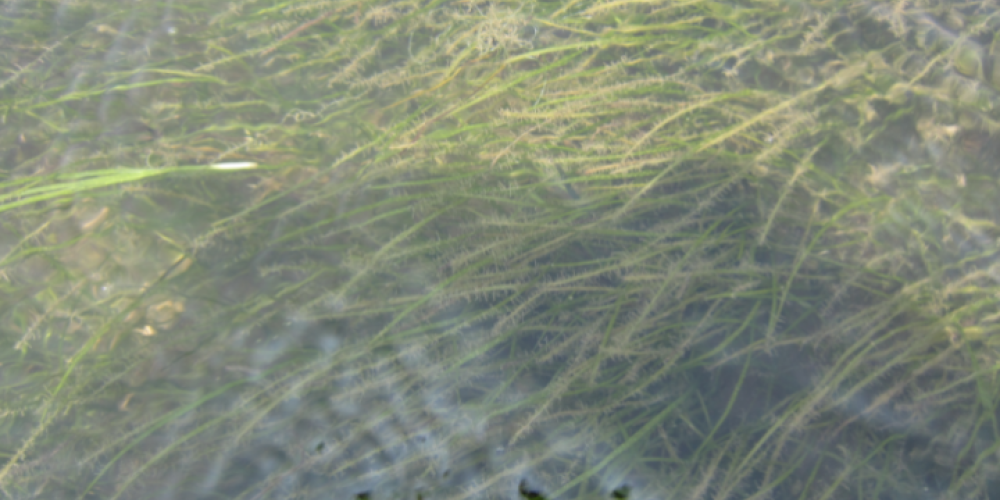
Seagrasses grow mainly in brackish and salty coastal waters and are estimated to cover an area of 600,000km² worldwide. However, that area is decreasing by 1.5% a year. These plants play an important role in the underwater ecosystem as shelter for fish or as food for birds and turtles. They also store carbon and filter the water. In addition, they have a great economic benefit because the large presence of animals makes areas with a lot of seagrass popular among fishermen. To determine how seagrasses behave within this context, Dr. Phan Thi Thuy Hang, Professor Ludwig Triest and Dr. Iris Stiers of Vrije Universiteit Brussel studied seagrasses in the Cau Hai lagoon in Vietnam for three years. This lagoon has one of the largest seagrass populations and is one of the most fished lagoons in South-East Asia.
Their results show that the presence of seagrass in the lagoon has fluctuated over the years: during the first year of the observations a lot of seagrass grew, while significantly less grew the following year. In the third year, the vegetation recovered. The salinity and clarity of the water influenced by, among other things, monsoon rains, the depth and the texture of the soil play a crucial role in this. However, this recovery is accompanied by an important genetic loss: the researchers discovered that when a seagrass returns with less vegetation after a year, there are fewer genetic variants.
Reaching other lagoons
In addition, dispersal from and outcrossing with seagrass populations growing further into the lagoon or in neighbouring lagoons is also an important method for the further recovery and growth of seagrass populations worldwide. To this end, the conservation of lagoons is essential to ensure that their habitat remains connected:
“Seagrasses are an incredibly important link in the ecosystem. Of course, it is good news that they will be able to recover on their own after a less good season, but that recovery will depend very much on the circumstances. It is therefore crucial that the conservation policy for seagrasses pays sufficient attention to the quality of their habitat, as the plants usually return close to where it grew in the previous season or the preceding season. In addition, we also need to take care of the lagoons in order to allow for further spread and gene exchange. The seeds of some seagrasses travel tens or even hundreds of kilometres and use lagoons as a kind of stopover. When lagoons disappear, the seeds are lost in the sea. That would be very bad news for the future of this unique coastal vegetation", professor Triest says.